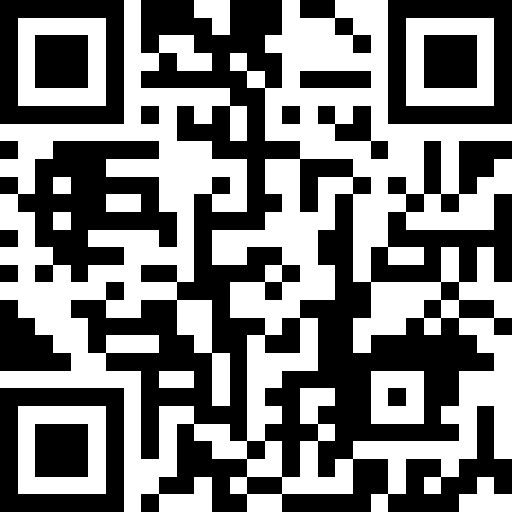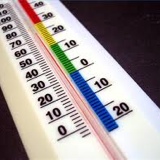GENERAL INFORMATION
-
MP - WP/BTH - 267 - 12 - 2023
Ummbila Emoyeni (Pty) Ltd -
Document Control Number
-
Site conducted
-
Conducted on
-
Prepared by
-
Location
Container Quality Inspection Report
-
This inspection report is compliant with ISO standard requirements. ISO 9001:2015, ISO 14001:2015, ISO 45001:2018 The inspections serve as a guide for conducting a thorough quality inspection during the Cradle to Grave cycle. - from the factory to the site or as per the scope of the agreement
1. Project name
-
undefined
2. Project number
-
undefined
3. Quality observations/ Inspection conducted by WSP Quality Supervisor Initials and Surname
-
undefined
4. Inspection Assisted by Goldwind Supervisor/ Manager Initials and Surname
-
undefined
5. Workplace/ Location of Quality observations/inspection. Country/ Site:
-
undefined
6. Stages of Quality Inspections: (Indicate with a cross)
-
Inspection of Container at the factory in China.
-
Loading and offloading of Container - factory to port. (export)
-
Offloading of Container at port in South Africa (from the vessel unto the truck.
-
Offloading of Container on site.
7. Date of Quality Inspection Conducted
-
Select date
8. Information regarding the WTG Component
-
Wind turbine type
-
Reference/drawing number.
-
Customer NCR number
-
Pad/ WTG number
-
Container type
-
Trailer number/Container number
-
VUI number
-
Manufacturer number
-
Sketch number/ drawing number
9. List the possible damages observed at Container – back and left sides
-
Visible scratches/ damages/ wear and tear
-
Certification, Labeling and Marking correctly and visible.
-
Component properly secured and covered.
-
Any signs of deformation, or improper alignment or leveling.
-
Any signs of deterioration, rust or water damage
-
Cargo securing – verify cargo is properly secured.
-
Condition of packaging – look at the packaging materials pallets, crates and straps.
-
Any signs of shifting or movement during shipping, transportation
-
Verify the accuracy and completeness of shipping documents.
-
Verify the cargo documents against the shipping documents.
10. Photo evidence of damage/ defects recorded in this report? Yes / No
11. Identify any additional defects and damage found during the inspection.
-
undefined
12. Provide recommendations for corrective actions or further inspection.
-
undefined
-
General HSE and Transport compliance verification for Quality standards. Impact of Coal Dust on Turbine Component Quality
Physical Contamination
Surface contamination: Coal dust settling on turbine components can lead to:
Corrosion risks, especially for unprotected metallic surfaces.
Damage to coatings or paints, reducing the durability and efficiency of components.
Increased cleaning requirements, causing delays and additional costs.
Sealing and assembly challenges: Dust entering sensitive joints or surfaces can affect the performance and reliability of the components during assembly and operation.
Component Protection
Packaging materials (e.g., shrink wrap or covers) may become compromised if not properly sealed, allowing coal dust infiltration.
Dust particles can act as abrasives, damaging sensitive or polished surfaces such as turbine blades.
Worker Exposure
Prolonged exposure to coal dust during offloading can impact worker health, violating standards under South Africa's Occupational Health and Safety Act (OHSA).
Dust mitigation measures such as personal protective equipment (PPE), including masks and goggles, are required.
Equipment Contamination
Coal dust can interfere with cranes, forklifts, and other machinery, potentially causing operational inefficiencies or malfunctions that could compromise safety during offloading.
13.1. Verification of Safety compliance includes but is not limited to
-
RAMS/ SOP are available and verified as per scope of activity?
-
Extreme weather conditions Procedure available, verified and applied?
-
Fall Protection Procedure available, verified and applied?
-
Inspection check lists available for verification to verify compliance?
-
Training records available for verification of compliance?
13.2. Environmental compliance relating to quality compliance Turbine components are offloaded at Cole terminal in South Africa. The Cole dust impact on quality standards is worth mentioning in the quality report. Transnet National Ports Authority - TNPA
-
Verification of environmental compliance within the port premises.
-
Verification of Implementing dust suppression measures (e.g., water sprays, enclosures, wind barriers).
-
Verification of Monitoring coal dust levels to ensure compliance with environmental laws like the National Environmental Management Act (NEMA) and Air Quality Act.
13.3. Transportation Legal and Regulatory Obligations: National Road Traffic Act (NRTA), 1996
-
Verify that all plant and vehicles are roadworthy, and cargo is secured properly.
-
Is access allowed to vehicles and equipment for quality inspections before and after transit?
-
Verification of Traceability, keeping detailed logs to track the handling and transport process.
-
Verify continuous communication providing regular updates to all stakeholders, including the owner’s representatives, Stevedores, and port authorities.
-
Verify proper coordination of the handover of cargo and ensure proper documentation is shared.
Container front and right sides. Mark the possible damages observed at Container – back and left sides.
-
undefined
14. Early warning recommendations raised. Quote Reference number for QC register
-
undefined
15. QC Report submitted to WSP Date
-
Select date
16. Client QHSE WSP representative
-
Name and Surname
-
Date
-
Signature














